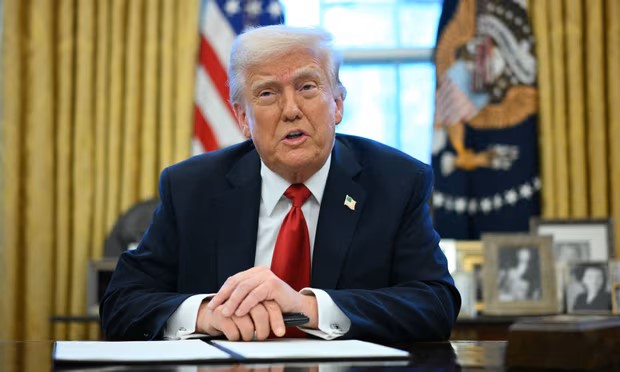Paragraph 1: G7 Finance Leaders Convene Amidst Global Economic Uncertainty and US Tariff Fallout
Finance ministers and central bank governors from the Group of Seven (G7) nations gathered in Banff, Alberta, Canada, to address pressing global economic concerns. The meeting took place against a backdrop of uncertainty stemming from the ongoing war in Ukraine and the disruptive impact of US President Donald Trump’s extensive tariffs. High on the agenda were discussions on global economic conditions, seeking a unified stance on the Ukraine conflict, and addressing non-market practices, particularly those related to China. The presence of Ukrainian Finance Minister Sergii Marchenko underscored the significance of the Ukrainian crisis in the G7’s deliberations.
Paragraph 2: Fractures within the G7 and the Shifting Landscape of International Relations
The G7, traditionally a bastion of unified democratic values and economic cooperation, faced internal tensions due to President Trump’s policies. His outreach to Russia, coupled with the imposition of tariffs on both allies and competitors, created friction within the group. The once-cohesive approach to the war in Ukraine, following Russia’s 2022 invasion, has been challenged by Trump’s actions. His recent conversation with Russian President Vladimir Putin, followed by claims of impending peace talks, further complicated the G7’s efforts to maintain a consistent approach to the conflict.
Paragraph 3: US Priorities and the Pursuit of a G7 Communique
The United States’ approach to the G7 meeting signaled a reluctance to issue a joint communique unless it aligned with the Trump administration’s priorities. A US Treasury spokesperson emphasized the need to focus on addressing economic imbalances and non-market practices, particularly those originating from China. The US expressed concern over China’s excess industrial capacity flooding domestic markets in G7 countries, highlighting this issue as a key agenda item. This focus reflected the Trump administration’s emphasis on trade imbalances and its "America First" economic agenda.
Paragraph 4: Navigating Trade Tensions and Seeking Common Ground
The impact of President Trump’s trade policies, including tariffs on steel, aluminum, autos, and a blanket 10% tariff on most US trading partners, loomed large over the G7 discussions. These tariffs had strained relationships within the group and contributed to the International Monetary Fund’s downward revision of global growth forecasts. While the G7 meeting wasn’t expected to yield immediate trade agreements, participants hoped to find common ground and build on previous discussions. The presence of US Treasury Secretary Scott Bessent, who had previously negotiated a de-escalation of trade tensions with China, offered a glimmer of hope for progress.
Paragraph 5: Balancing Economic Concerns with Geopolitical Challenges
Beyond trade, the G7 faced the challenge of addressing the ongoing war in Ukraine. While some members sought a reaffirmation of the status quo and continued support for Ukraine, the overall G7 response remained uncertain due to the evolving US position under President Trump. The meeting aimed to balance economic concerns with these geopolitical challenges, seeking to find common ground despite internal divisions. Canadian Finance Minister Francois-Philippe Champagne co-chaired sessions on the global economy, economic resilience, security, and the situation in Ukraine, underscoring the interconnectedness of these issues.
Paragraph 6: Broader Agenda Items and the Search for G7 Unity
In addition to the dominant themes of trade and Ukraine, the G7 meeting also addressed a wider range of issues, including financial crime and the implications of artificial intelligence. These discussions highlighted the G7’s role as a forum for addressing global challenges beyond immediate economic and political crises. Despite internal tensions and differing priorities, the G7 meeting served as a platform for dialogue and a search for common ground. The success of the meeting, however, hinged on the ability of member states to navigate their disagreements and work towards a unified approach to global issues. The ultimate outcomes of the meeting remained uncertain, reflecting the complexities and uncertainties characterizing the global landscape at the time.


